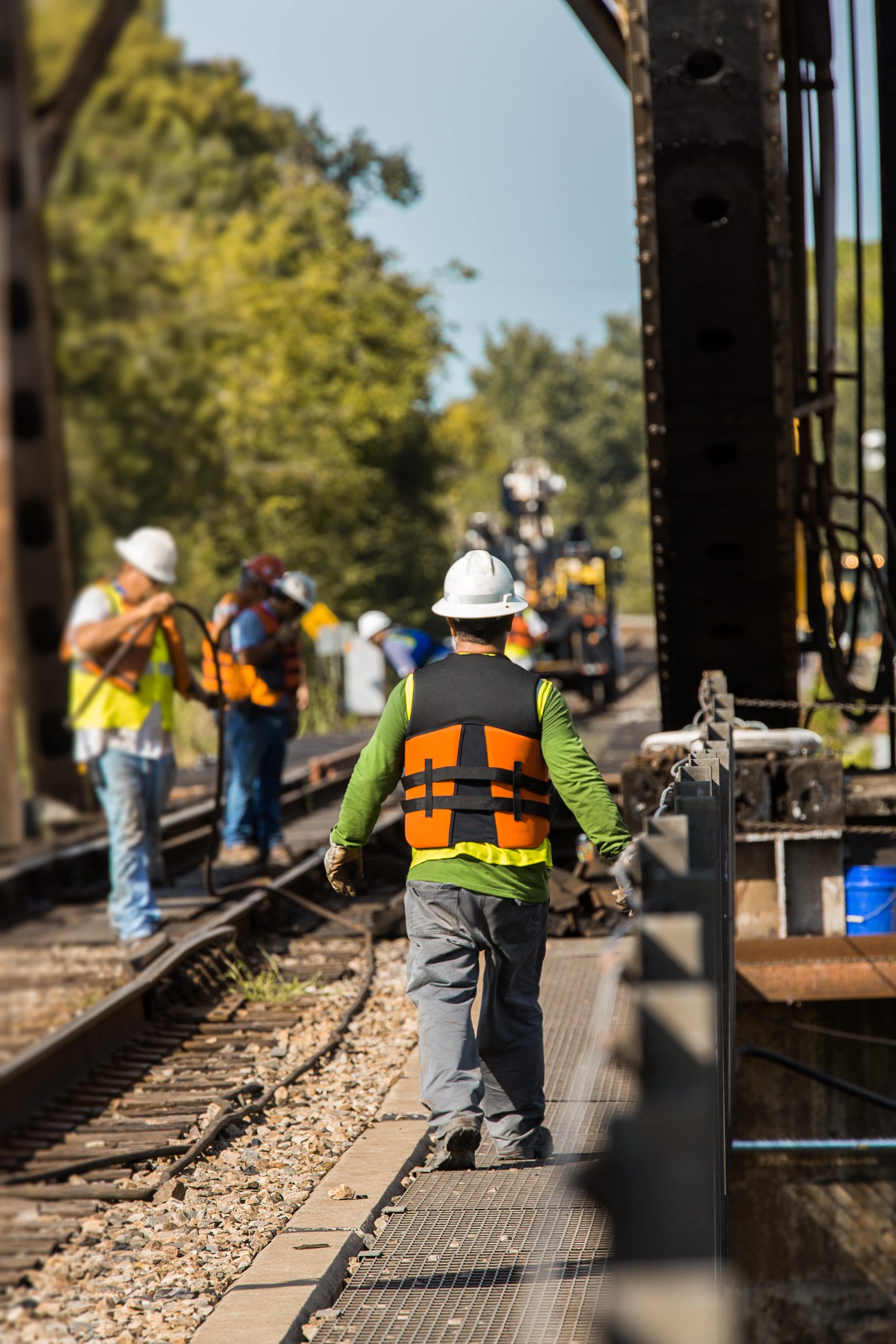Understanding Railroad Cancer Lawsuits: A Comprehensive Guide
Railroad workers are vital to the functioning of our economy, preserving and running trains that transport products and individuals across huge ranges. Nevertheless, this important labor force is progressively at danger of establishing severe health concerns, significantly cancer. Railroad cancer claims have emerged as a critical avenue for workers seeking justice and compensation after experiencing conditions thought to be connected to their profession. This post looks into the intricacies of railroad cancer suits, providing insights into their background, typical products included, normal claims, the legal procedure, and often asked questions.
Background on Railroad Workers and Cancer Risks
Railroad workers are often exposed to hazardous products and environments that can lead to severe health consequences. A few of the primary aspects contributing to cancer dangers among these workers include:
- Asbestos Exposure: Historically, asbestos was a common product used in railroad production and maintenance. Extended exposure has actually been linked to different kinds of cancer, including mesothelioma and lung cancer.
- Chemical Exposure: Railroad workers often deal with or work near carcinogenic compounds such as diesel exhaust, benzene, and other damaging chemicals used in maintenance, cleansing, and operations.
- Radioactive Materials: In some cases, workers might be unintentionally exposed to radioactive materials, particularly in locations where these materials are carried.
The cumulative effect of these direct exposures over years of service positions a significant risk to the long-lasting health of railroad workers.
The Legal Landscape
Common Claims in Railroad Cancer Lawsuits
Railroad cancer claims generally occur from negligence or failure to supply a safe workplace. Several common kinds of claims include:
- Exposure to Carcinogens: Citing particular harmful substances that workers were frequently exposed to over time.
- Failure to Warn Employees: Employers failing to disclose the risks connected with certain materials or practices.
- Inadequate Safety Measures: Not supplying appropriate safety equipment or procedures to decrease exposure to hazardous materials.
Table 1: Common Chemicals and Their Associated Cancers
| Chemical | Associated Cancers |
|---|---|
| Asbestos | Mesothelioma, Lung Cancer |
| Benzene | Leukemia, Non-Hodgkin Lymphoma |
| Diesel Exhaust | Lung Cancer, Bladder Cancer |
| Radon | Lung Cancer |
The Legal Process
Detailed Overview
- Consultation with a Lawyer: Before taking any action, the impacted worker needs to speak with an attorney experienced in handling railroad cancer claims.
- Collecting Evidence: The lawyer will assist gather medical records, work history, and proof of exposure to poisonous compounds.
- Filing the Lawsuit: The lawsuit is filed in the proper court, describing the claims versus the railroad business.
- Discovery Phase: Both parties exchange information and proof, consisting of depositions, files, and expert witness statements.
- Mediation or Settlement Talks: Often, lawsuits may be dealt with before trial through settlement negotiations.
- Trial: If a settlement can not be reached, the case goes to trial where both celebrations will present their arguments.
- Verdict: The jury or judge provides a decision, which could include compensation for the plaintiff if they dominate.
Table 2: Steps of the Legal Process
| Action | Description |
|---|---|
| Consultation | Talk about case with a legal expert |
| Evidence Gathering | Gather medical and work-related documentation |
| Filing the Lawsuit | Send lawsuit with claims against the employer |
| Discovery Phase | Exchange of info in between both parties |
| Settlement Negotiations | Attempt to fix the case outside of court |
| Trial | Present case before a judge or jury |
| Verdict | Last decision is rendered, causing settlement |
Regularly Asked Questions (FAQs)
1. What is the FELA?
The Federal Employers' Liability Act (FELA) is a U.S. law that enables railroad workers to sue their companies for injuries or illnesses that occur from their work. Under Railroad Cancer Lawsuit Settlements , claims can be produced diseases like cancer that are related to task conditions.
2. How long do I need to sue?
The statute of constraints for railroad cancer claims varies by state but is often 3 to 5 years from the date of injury or diagnosis.
3. Can I still submit a lawsuit if my company has workers' settlement insurance?
Yes, under FELA, staff members can pursue federal claims for injuries or health problems that are job-related, even if workers' payment is offered.
4. What types of compensation can I seek?
Settlement can consist of medical expenses, lost wages, discomfort and suffering, and compensatory damages depending on the nature of the claim.
5. Do I require a lawyer to file a railroad cancer lawsuit?
While it is possible to submit a lawsuit without a lawyer, having a knowledgeable attorney substantially increases the opportunities of a beneficial result, as they understand the intricacies of FELA and railroad-related claims.
Railroad cancer lawsuits represent a vital pathway for workers impacted by dangerous product direct exposure to seek justice and payment. With the capacity for significant medical diagnoses emerging from years of work, especially in harmful environments, it is essential for afflicted individuals to understand their rights under the law. Those who suspect they have actually been hurt due to their railroad work ought to consider seeking advice from with an experienced attorney to explore their legal choices and do something about it for their health and well-being. With the best assistance, they can navigate the intricacies of the legal process, attaining the justice they should have.

